SONOFF has rolled out smart switches in the market for years, and for each iteration, they make their devices smaller and more capable. The latest ZBMINI Extreme Zigbee Smart Switch or ZBMINIL2 or ZBMINI Extreme for shorts is what we will review today. Take note that there are both Zigbee and Wifi versions that come with the same form factor, we will walk through the Zigbee version first and we will review the WiFi version – SONOFF MINI Extreme (MINIR4) – later on.
The ZBMINI Extreme is designed to work without a Neutral (N) line. Those who have difficulty wiring the N line to the switch will definitely love this. In many locations, the Neutral (N) line is not wired and would require a lot of work and expenses for cabling. SONOFF ZBMINI Extreme eases that challenge since there’s no need for the Neutral wire at all. This review will go through an unboxing, some specifications, explain how to operate the device, show how to set it up with Home Assistant, and go through some sample use cases.
ZBMINI Extreme Unboxing
The package of the ZBMINI Extreme is surprisingly as big as its predecessor, however, once you have unboxed there is plenty of space, partly because of the foam frame for protection purposes. This device is actually small as its name implied. As usual, the package comes with a Quick Guide. The color of the package is orange which means it is a Zigbee product, while the Wifi products are typically in green color. It’s a good idea to differentiate between versions.
Specifications
- MCU – Silicon Labs EFR32MG22 Arm Cortex-M33 @ 76.8 MHz Zigbee microcontroller with up to 512 kB flash, up to 32 kB RAM
- Connectivity – Zigbee 3.0
- Input – 100-240V ~ 50/60Hz 6A Max
- Output – 100-240V ~ 50/60Hz 6A Max
- Dimensions – 39.5 x 32 x 18.4mm
- Casing material – PC V0
It’s highly recommended to check the max power consumption of the appliance that you want to use together with the ZBMINIL2 as the maximum is 6A. This is to avoid damage to equipment as well as a good electrical safety practice.
Dimensions and Features
ZBMINI Extreme form factor is 40% smaller when compared to the predecessor: the SONOFF Mini R2. Its dimensions are 39.5 x 32 x 18.4mm while the popular SONOFF Mini R2 measures 48 x 46 x 30 mm. It’s ideal to use in places where you have limited space e.g. behind a junction box.
From the picture below, you can see compare the size of different SONOFF devices (left to right): MiniR2 (WiFi), MiniR2(ZB), and ZBMINI Extreme. I love the size! In addition to installing it inside a junction box, you could also integrate it into other devices such as home appliances due to ZBMINI Extreme’s small size. For example, it would be possible to convert a non-IOT device to a smart device such as a desk lamp, a tower lamp, or even a ventilation fan.
As mentioned in the introduction, a unique feature of the ZBMINI Extreme is that it works without a Neutral line (N). In some countries, the light switch may not have the N line wired, hence, this will help a lot without much of modification work to your home. The ZBMINI Extreme can be managed by an application on a mobile phone or computer and can be set up to schedule on/off times or with a count-down timer and supports simple automation by working together with other devices. It will make our life simpler and more convenient.
The wiring diagrams above show how to connect the ZBMINI Extreme to a two types of switches and a load. The switch only needs the L line and S1 and/or S2 port to connect to an external switch. It would then work in two ways: from the physical switch and from the application. You can also wire a 2-way physical switch control. For those who have experience with the SONOFF Basic, this is different as the Basic model doesn’t have a port to connect an external switch, and it only enables control from the application or tiny button on the device that is not convenient to access.
With its small form factor and the ability to connect to an external switch, the ZBMINI-L2 can transform an ordinary switch that has only the L line into a smart switch as shown in the picture above. It’s very convenient for houses where family members are familiar with traditional switches, e.g. elderly people, and the newer generation that may be more tech-savvy can enjoy the extra features enabled by the mobile app such as scheduling, timers, count-down, and simple automation by working with other devices. So it’s the best of both worlds!
ZBMINI Extreme operation instructions
There are multiple ways to control the SONOFF ZBMINI Extreme switch. The most simple approach is to use their own application – eWeLink which is available on both iOS and Android. You can also manage it from a PC via a web browser but it requires the “Advance Plan” license for eWeLink with a yearly subscription. In case you use eWeLink, you need an additional Zigbee bridge/Hub device acting as a gateway to communicate with the ZBMINI Extreme using the Zigbee protocol. The Zigbee bridge will send/receive commands between the eWeLink cloud and ZBMINI Extreme. SONOFF have their own Zigbee Bridge / Hub product too, they are SONOFF ZBBridge Pro or SONOFF NSPanel Pro. The quick installation with eWeLink is shown below.
But in this review, we will show you how to manage the ZBMINI Extreme using another approach namely with integration with Home Assistant home automation framework. Home Assistant is a very popular open-source software, contributed by lots of great people around the world. We will use Home Assistant version 2023.2.0 installed on a Raspberry Pi 4 SBC with 4GB or 8GB RAM and a 128GB SD card. We won’t use an external Zigbee Bridge, and instead, we will make use of a Zigbee USB Dongle that connects directly to the Raspberry P i4 USB port. For the dongle, we have a Conbee II Zigbee USB dongle to create a Zigbee network in order to communicate with other Zigbee devices
How to use Home Assistant with ZBMINI Extreme switch
Home Assistant is one of the most popular Smart Home Software. You will need to set up Home Assistant on a local server first. The local server can be a Raspberry Pi or Intel Mini PC from various brands. As mentioned before, you need to have Zigbee USB Dongle connect to the Home Assistant server to communicate via Zigbee protocol to Zigbee devices e.g. ZBMINI Extreme.
SONOFF also have their own Zigbee USB dongle: the SONOFF Zigbee 3.0 USB Dongle Plus, but you can select Zigbee Dongle USB from any other brand such as the Conbee II from Dresden Electronic which we are using with a Raspberry Pi 4 in this review. Once you have a Zigbee USB dongle, you’ll then need to integrate it into your home automation framework. There are various Zigbee integrations for Home Assistant, but I would recommend either Zigbee Home Automation (ZHA) which is quite easy to install/set up from the Home Assistant GUI, or Zigbee2MQTT. Both have lots of users with plenty of Zigbee end devices supported.
Next, we will hook up ZBMINI Extreme to some traditional devices in our home. Refer to the diagram below as a guideline showing how to wire the power cable to it. Make sure the mains are turned off during installation. We have two diagrams as examples: a desk lamp and a ceiling light.
After you have wired the cable between ZBMINI Extreme and the device, you will want to connect an external switch to S1 and S2.
Once the wiring is completed, we can double-check the connection before during on the mains. You will see the LED flashing on the SONOFF ZBMINI Extreme meaning it is waiting for set up, and if not you can reset it by pressing the small button on the device for 5 seconds until the LED starts flashing. The next step is to add the ZBMINI Extreme to Home Assistant. We will demonstrate it by using a mobile phone on which the Home Assistant Companion app is already installed. You can download it either from the App Store (iOS) or Google Play (Android). Prior to adding the device, make sure you have installed a Zigbee Integration into Home Assistant. In the steps below, we use ZHA integration.
First, go to Settings -> Devices & Services
Then select Add Integration -> Add Zigbee Device
After that, Home Assistant will scan unconfigured Zigbee devices, and once it finds one it will let us know and allow us to optionally set the name and area for the device
That is done for a quick setup!
We can now navigate to see the device information such as status and settings (PowerOn State or Startup Behaviour). Of course, you can start to control the switch to on/off status from the Home Assistant application and create automations such as a trigger by time or state from another device. Some common use cases include scheduling on/off lighting at night or triggering the light with a motion sensor.
SONOFF ZBMini Extreme use cases
As a smart switch, the SONOFF ZBMINI Extreme can be used to switch on and off lights or home appliances as long as the power consumption does not exceed the specifications (6A). This smart switch can be used together with either the eWeLink application or Home Assistant to enable an on/off schedule, a timer, a count-down timer, and so on. My favorite use case is to use it as a smart switch to turn on/off my ventilation fan or DIY air purifier for which we can write a simple rule/automation with data from other inputs, e.g. PM25 sensor, to reduce the power consumption of the air purifier. Keep in mind that this is only to switch a device on/off, and it can not control the speed of the fan.
Overall, I enjoyed the SONOFF ZBMini Extreme with its super small form factor and rich capabilities including Home Assistant integration which open up more possibilities in real-world applications. I’d like to thank ITEAD for sending the SONOFF ZBMINI Extreme (ZBMINIL2) for review. It can be purchased for $13.99, and shipping is free as long as your order is over $89. You can also get a 10% discount when using the CNXSOFTSONOFF coupon code.

Computer Engineering who previously worked with multinational IT company, rich experience in IT infrastructure, has a passion on Internet Of Thing i.e., Smart Home, Smart Farm as well as interested on Sustainability such as renewable energy, organic farming
Support CNX Software! Donate via cryptocurrencies, become a Patron on Patreon, or purchase goods on Amazon or Aliexpress


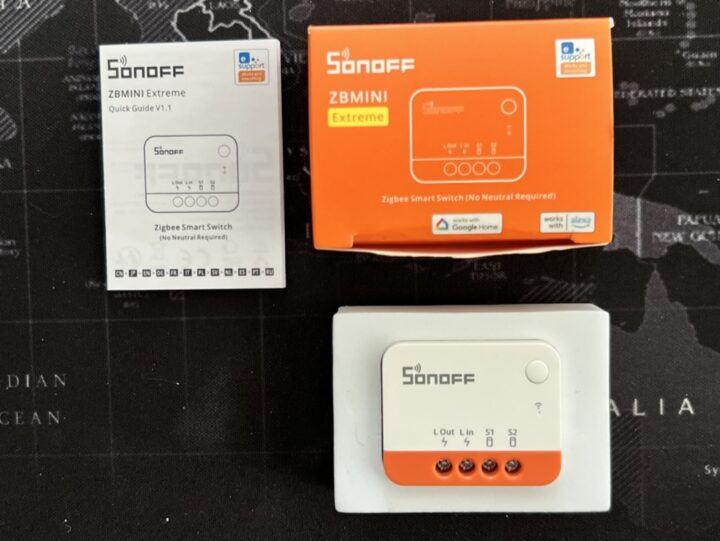
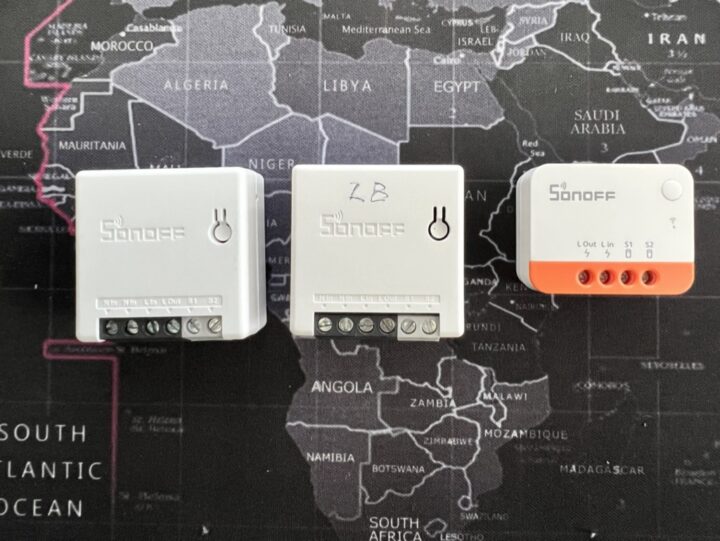
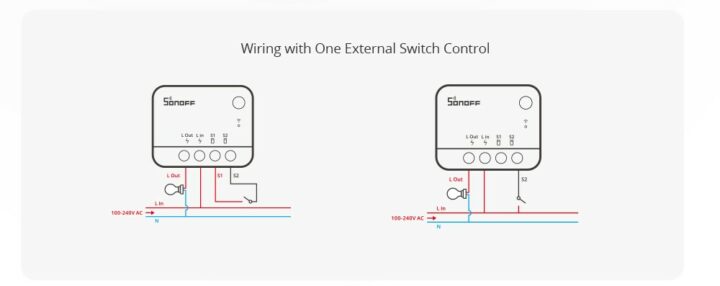
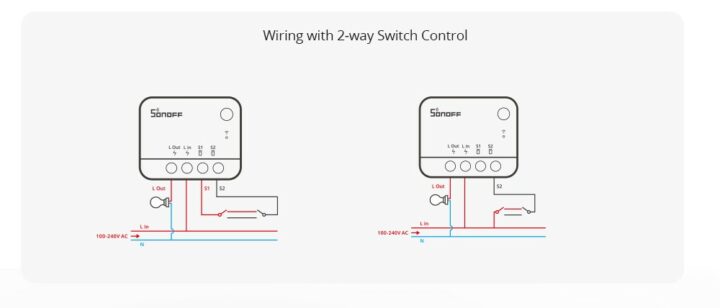
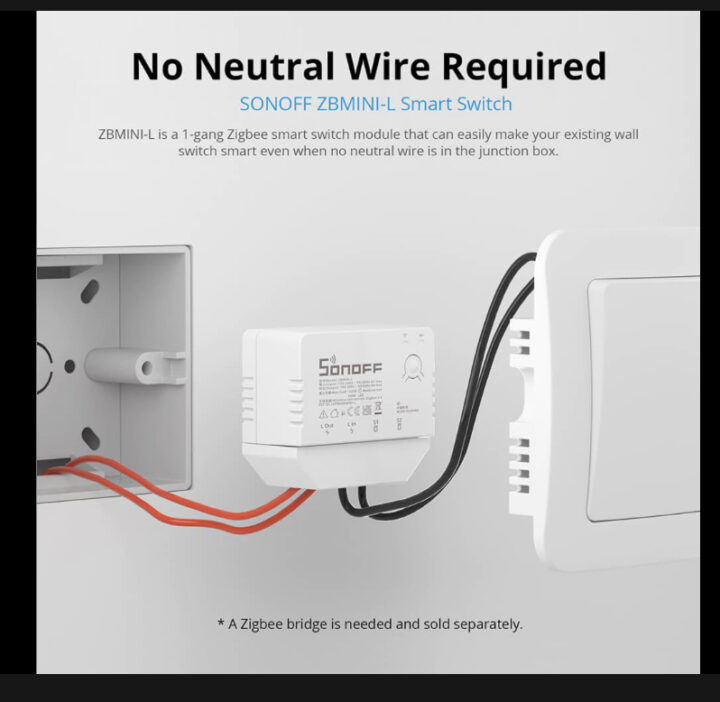
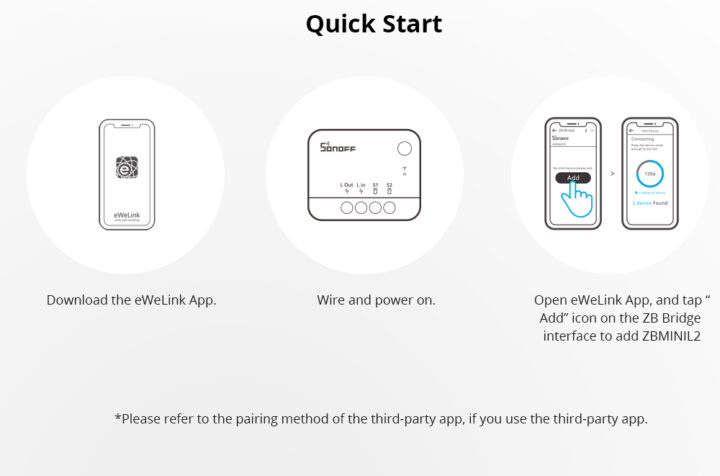
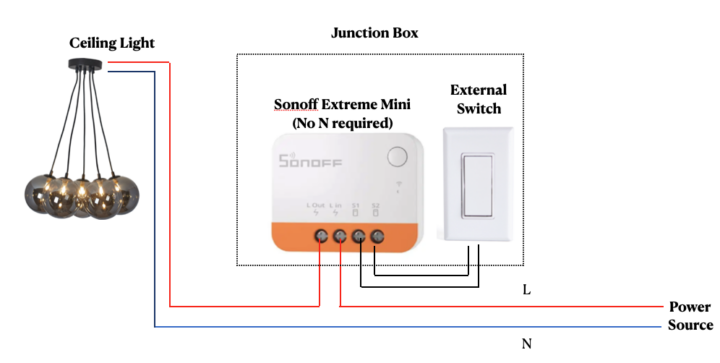
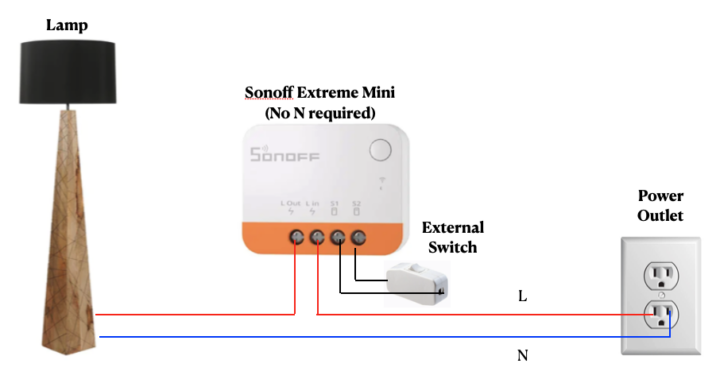
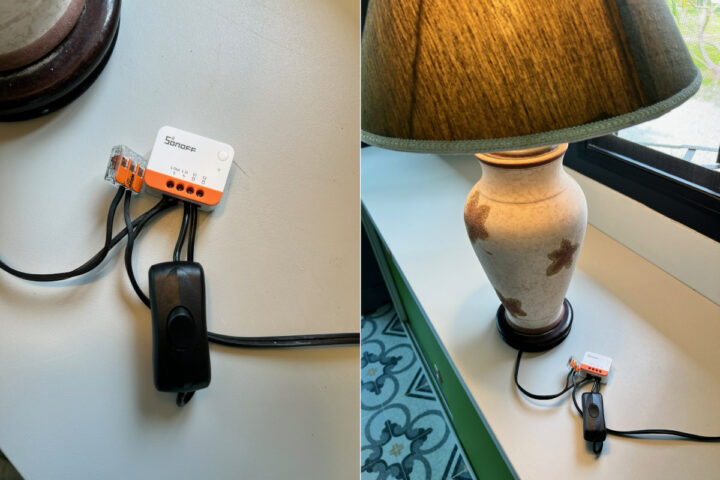
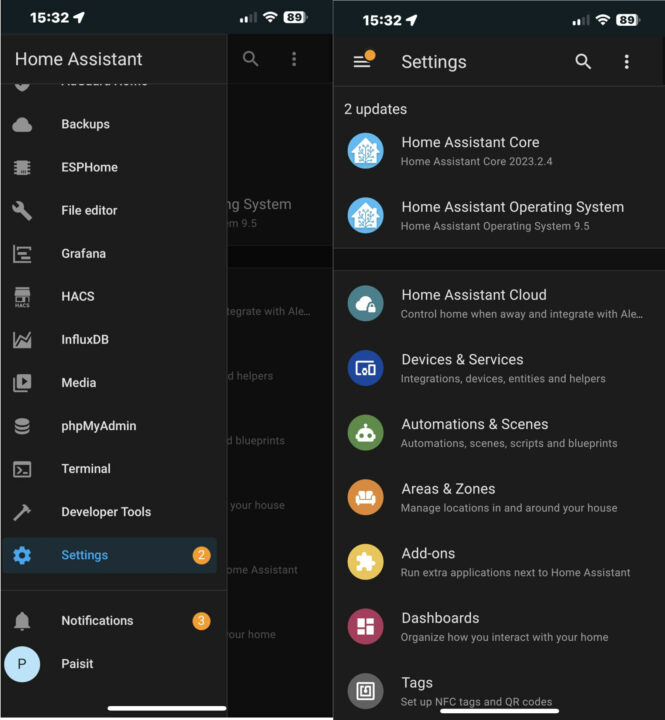
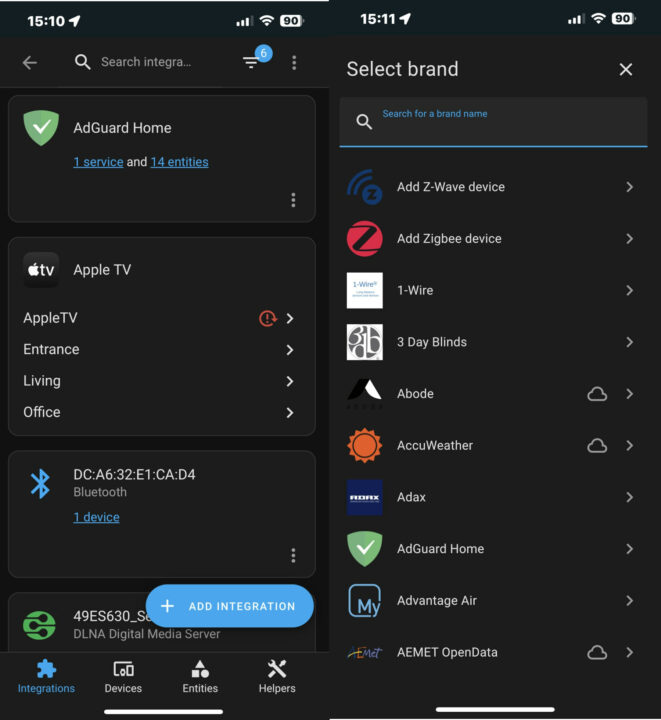
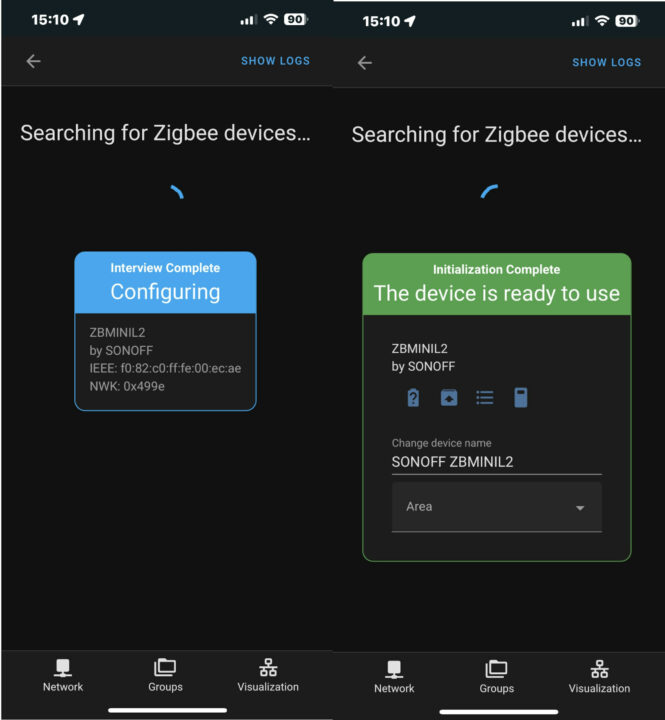
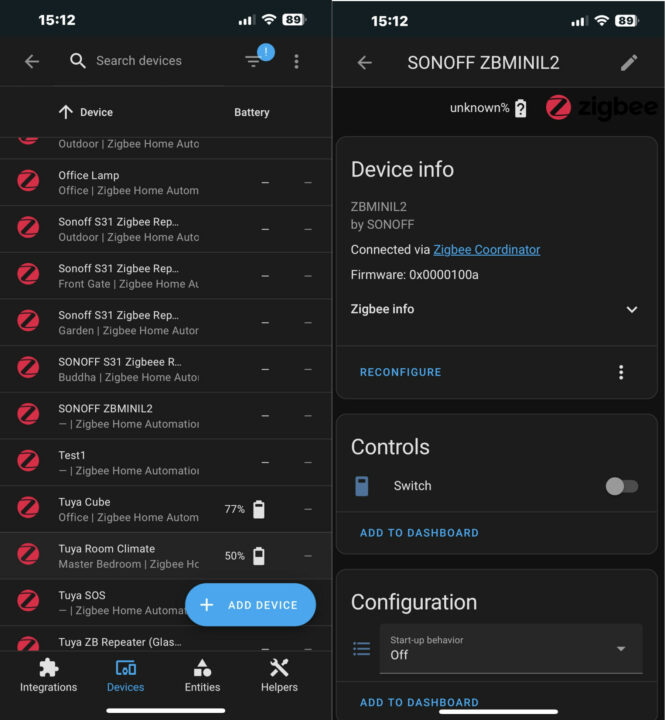



This doesn’t give you power consumption usage does it?
Correct. This model does not measure power consumption. SONOFF has larger WiFi switches that can measure power consumption like the SONOFF POW R2, POW R3, and more advanced solutions like that one: https://www.cnx-software.com/2021/09/25/sonoff-smart-stackable-power-meter-supports-up-to-128-20a-relays/
But unless I missed something, nothing that can easily fit into a gang box.
Shelly’s 1PM looks to be about the same size, has power monitoring, and is available in a UL certified version. On the other hand, you probably need a neutral line.
I did some research, looks like the one with energy monitoring would need a neutral line.
Not for this one. For power consumption measurement, I am using Sonoff S31 (smart plug), Sonoff Dual R3 and POW2/POW3. To fit into junction box, only Dual R3 might be able to to fit in but depend on junction box model.
None of them support Type F/Norwegian sockets?
I am looking for a simple smart plug that can give me power usage.
For smart plugs that offer energy monitoring, Sonoff has S31/S40 for that. Unfortunately, none of them give you type F. You would need a conversion which I think it’s probably the easiest.
Highly recommend follow these best practice guidelines regardless of Zigbee solution -> https://community.home-assistant.io/t/guide-for-zigbee-interference-avoidance-and-network-range-coverage-optimization/515752
So many people in the same forum actually tell story’s about their troubles and unreliability of this ZigBee stuff that I can only advise against the use of such devices.
On the other hand the WiFi counterpart should allow a permanent reliable usage while at the same time can be controlled to last bits (esp inside).
I think this issue really depends on several factors. The link that Hedda pointed out is one. Another factor is, the users need to make sure Zigbee network coverage covers the locations where devices are. Unfortunately, lots of them think Zigbee is similar to Wifi, hence, they don’t really put Zigbee repeater to expand the coverage. I learned a lot and put several Zigbee repeaters i.e., smart plugs and USB dongles around my home. So far so good.
But why bother at all building a new prone to fail network with (more) expensive devices when a solid WiFi structure already exists?
https://community.home-assistant.io/t/wifi-light-recommendations/538633
https://community.home-assistant.io/t/recommendation-dont-get-zigbee-devices-if-you-are-just-starting-out/528248
Wifi is more mature but the choice to choose the end device is less than Zigbee, at least from my region. Also, Zigbee, in general, takes less power. I would go with a mix though.
>>> … it would be possible to convert a non-IOT device to a smart device such as …. or even a ventilation fan.
Have You tested it with a fan?
On the product page it is stated that it does not support inductive load such as a fan
It’s more to protect themselves against the risks of RMA caused by vacuum cleaners or pumps than anything else. A regular fan consumes very low power and will not have a significant inductive effect.
Thanks for the clarification.
I thought it was related to the fact that the device works without a neutral wire and would not work with motors, for example.
I never thought about this problem (lack of N) as it does not concern me.
Yes. I did try with exhaust fans (6″) at my house where load is about 16w.
Thanks for the confirmation.
Can this device expose in HA own trigger or raise an event of kind such Switch Held/Released/DoubleClicked? That the external switch connected to this Zigbee Switch could be used to additionaly control another automation.
Good question Unfortunately, I have uninstalled it and not be able to try. However, I have captured a screenshot of the device info which may be useful for you. I may come back to answer here once I have the opportunity to put it back into my HA environment.
Ok. I managed to do super quick testing. Using ZHA as Zigbee integration, I monitored ZHA events when pressing the external switch. No ZHA event came up, therefore, I believe only the basic switch function (relay) works.
Thank you very much for quick testing!
It seems that I have to wait further for some device that can control two loads and can be easily connected to the old powerline wiring inside EU junction box.
You are welcome! I, too, want it as all of my junction boxes are square and 2 gangs are dominating my house. In the meantime, this one channel is my workaround.
Did not know they had a new model, been eyeing up switch from Zigbee Bulbs to these for some time. The new ones seem good. Thanks for the write up.
My pleasure 🙂
Hi, What is the power source for the Sonoff device? How does it get powered?
Thank you
Basically, you need to supply them with L line. It could be either 110V or 220V AC. It acts like middle man between power source and end device.
that’s very convenient, and almost magical, thank you.
I am using lots of this (earlier model) around my house for various use cases, it’s enjoyable. This one is even better since smaller and has more functionality
Beware :it doesn’t work as router. So the devices will stay at the edge of the mesh, and won’t help in adding coverage for other devices…
That is correct. Attached is confirmation. I wish next version will be as we can have bunch of this around the house without the need to buy separate ZB repeater.
What’s the disadvantage of not having à neutral wire installed, security legal, other ?
I agree with many others that zigbee is a bit tricky. If you have the mains available, why use Zigbee? Also, thread is coming, another reason not to invest in zigbee.
Or is the Wifi variant more complicated to use ?
Some countries, their common practice did not install neutral line to switch, only for outlet. This gear will solve their complication (without N). Zigbee advantage are price, device choices and energy efficient. We have seen mixture of Wifi, Zigbee in house as norm because reasons I mentioned above.
Since Zigbee and Thread is using same 2.4GHz frequency band, some Zigbee devices can be flashed to get Thread enhancement too. Thread is still new relatively new but we will see more Thread devices coming to market.
About home assistant : if internet is unavailable it will still work, thank to the server.
But can I control my home from the internet with home assistant? What are the caveats ?
You can access Home Assistant when you are away from home by various ways such as subscribe to Nabu Casa service ($$) or establish native router VPN back to your home or use VPN software service like TailScale.
Would you happen to know how to wire this for a two-way switch that controls an outlet?
Ive tried so many combinations and nothing seems to work. My switches have a neutral wire.
This model don’t need N line. Two ways mean combination of physical switch and application. You can also do three ways, that’s two physicals and one application. If you are referring to three ways. Then check it out the picture. It’s about something to do with S1 and S2.